Braindance in Cyberpunk 2077 is basically looking through the recorded experience of another person for clues. In the world of Cyberpunk, they are used as a form of entertainment, but for V they can lead to valuable clues and information during certain missions in the game.
Braindance is all about paying attention to detail, and the Braindance Editor gives you all the options you need to get to the bottom of whatever mystery you are investigation.
Braindance Basics
The recording is split into three layers, Visual, Audio, and Thermal. There is a timeline at the top of the player, and it is usually a good idea to watch through the whole Braindance before you jump into the editor itself. This will give you a good idea of where the characters go in the scene, and what it is actually about.
In the editor, you can hit the “switch layer” button (it will be detailed in the bottom right of the screen, along with all the other controls for the Editor) to jump between these three layers. Yellow is visual, green is audio, and blue is thermal.
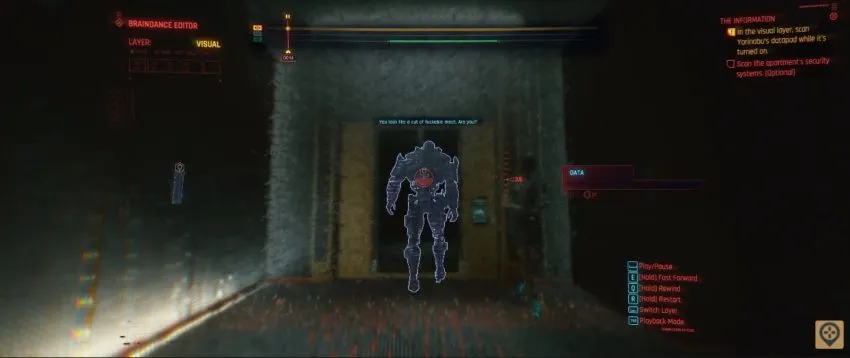
As you watch through the Braindance on any of the layers, stick close to the person who actually recorded the scene. When there is something important to find, the timeline will have a slightly fatter section on it. Even if a scene contains clues, you can only interact with those closes if you find them within the scene in these segments. For example, a datapad might need to be switched on for you to be able to interact with it, and this portion of the Braindance will be highlighted.
The Visual Layer
The visual layer is the most obvious, as it encompasses everything you see. You will be able to scan items, just like in hacker mode, to get information on them. This includes important items for the mission, and also additional items like security systems, and anything that might contain information.
The Audio Layer
The audio layer works slightly differently. While it will also have the fatter sections that highlight something important, it will also mark audio sources in green in the actual BD, making them very easy to find. They will look like soundwaves on the screen.
The Thermal Layer
The thermal layer is the one that we have had to use the least in our time in the game. It will show general temperatures and areas of extreme hot or cold such as fires or freezers. This is useful for finding hidden bodies in a scene, or area where tech is stored.
You can fastforward or rewind the BD to get to any important point in the layer and examine it fully. The key thing to remember is that you will need the person who recorded the scene to be reasonably close to whatever you want to examine, the timeline will mostly be impacted by their location in the scene.
You can want to scan absolutely everything in a scene, from audio sources, to spikes on the thermal layer, to make sure you are getting as much information as possible.

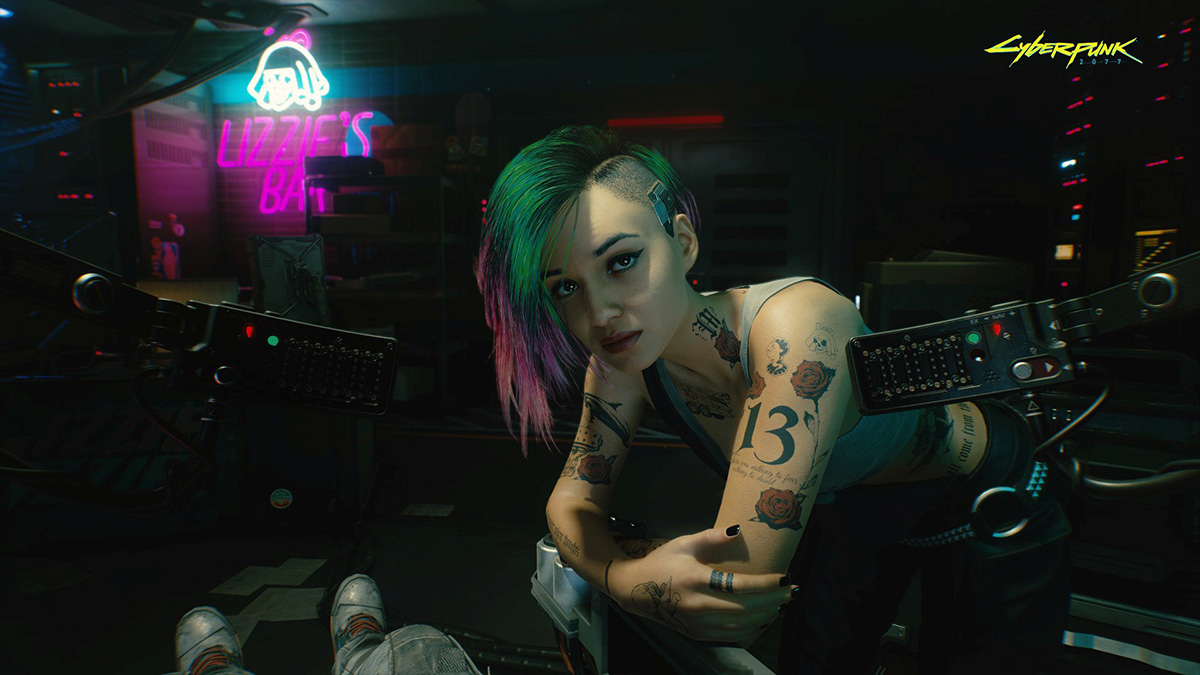
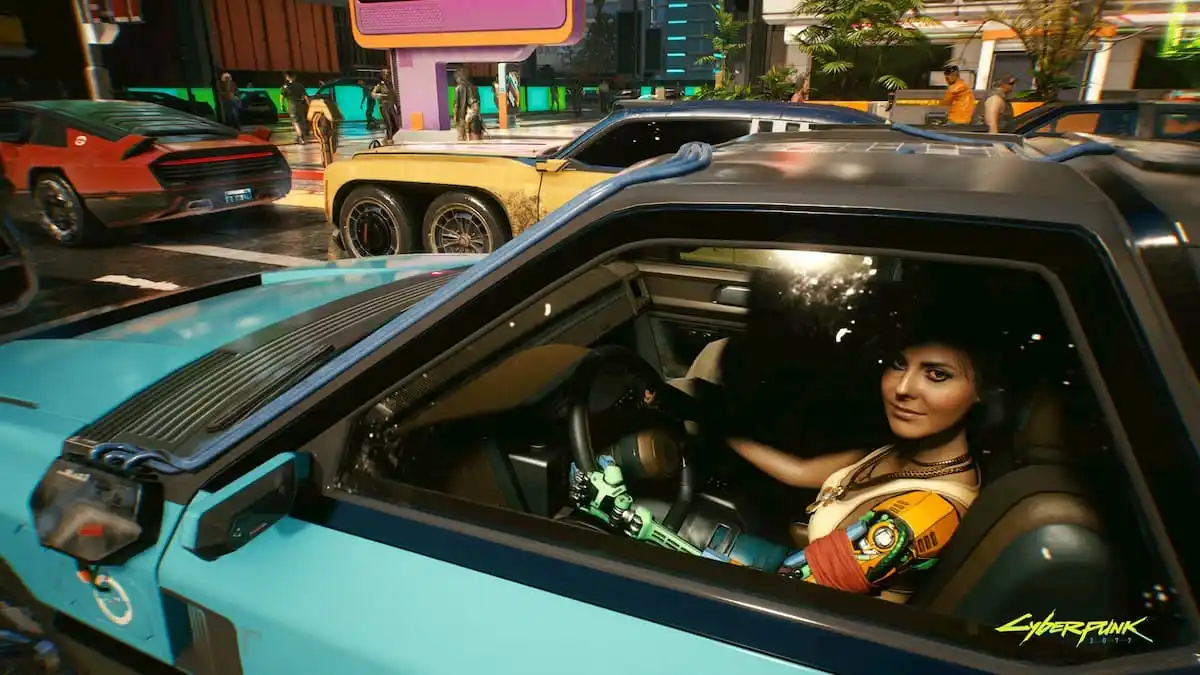
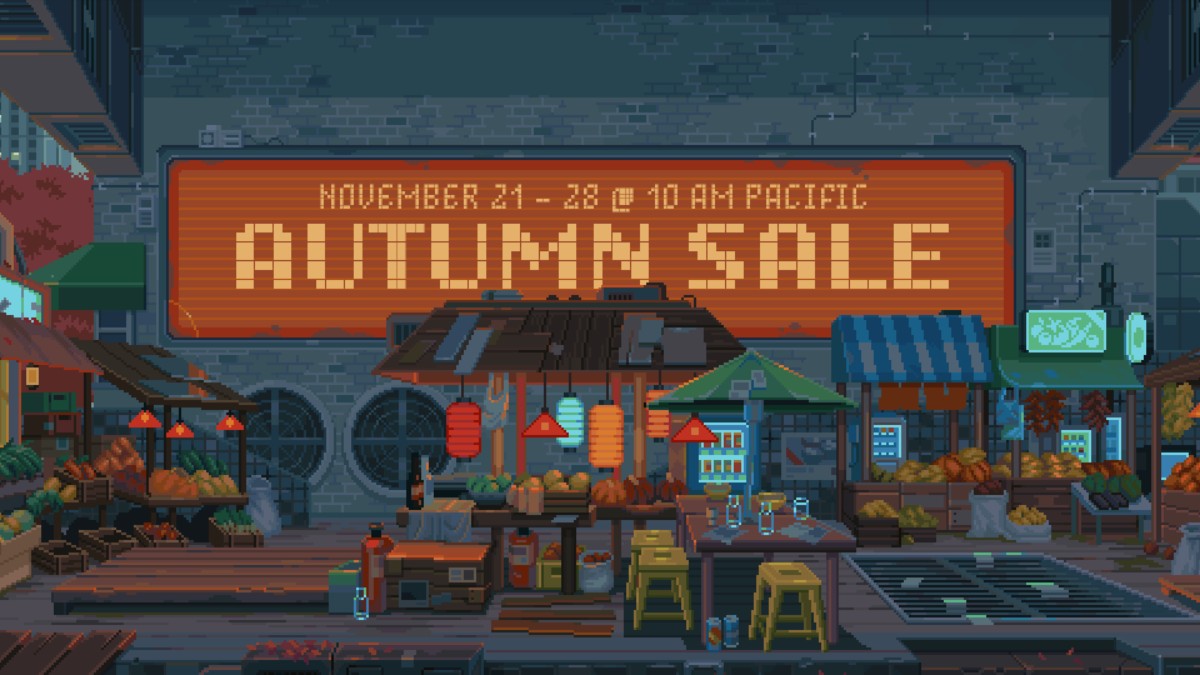
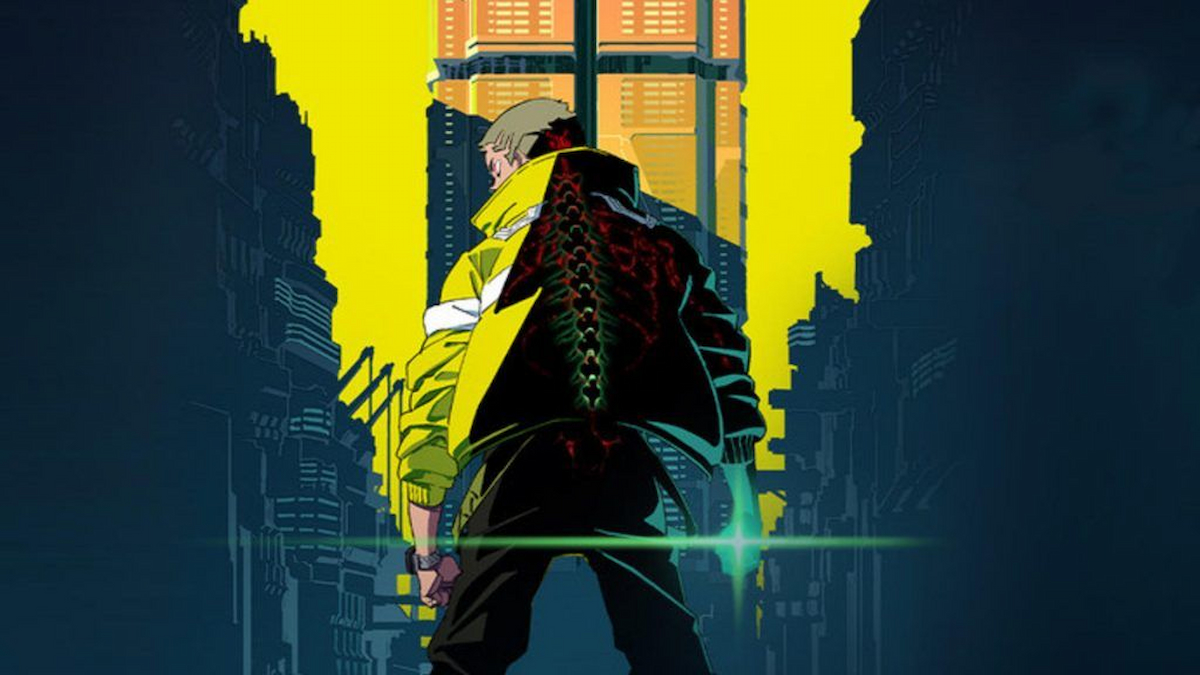

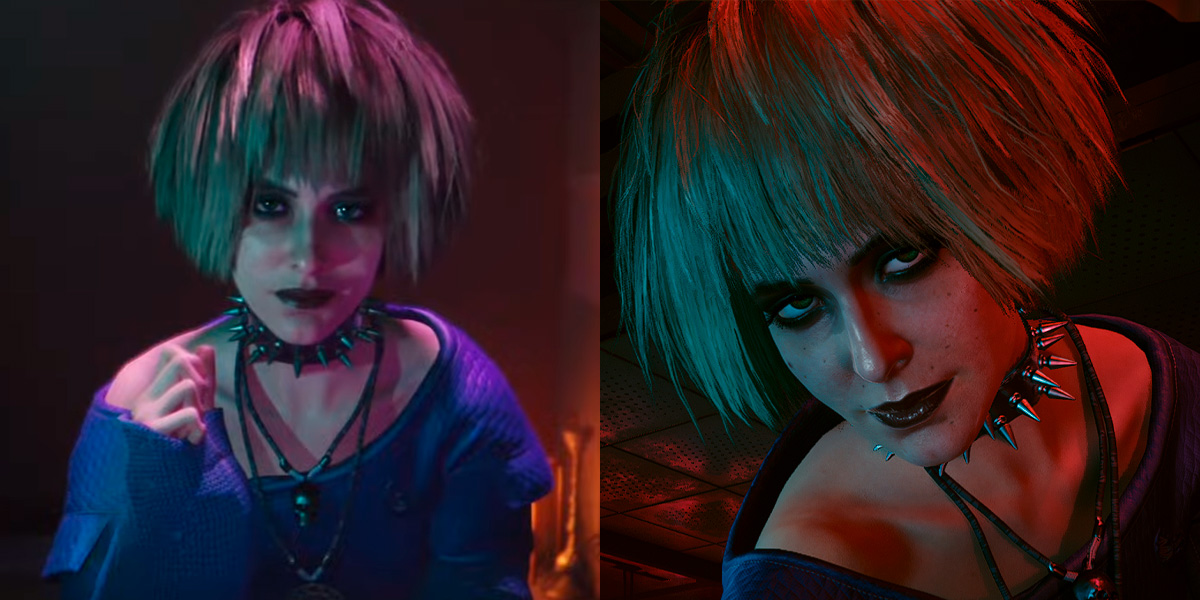

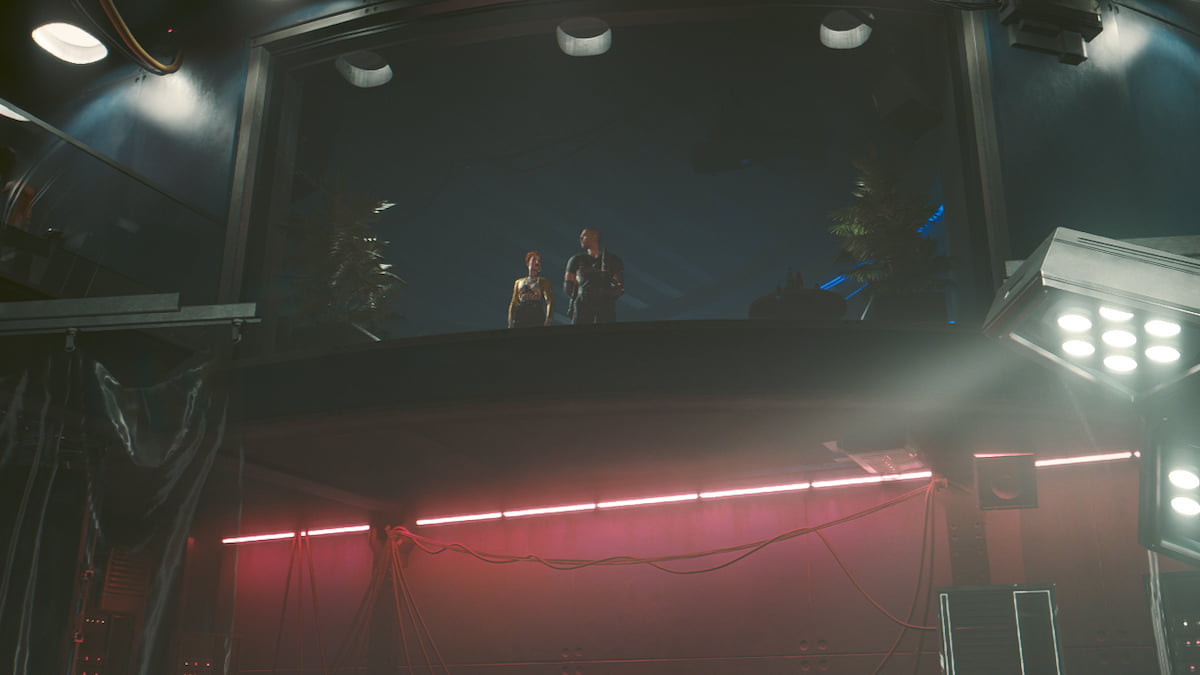
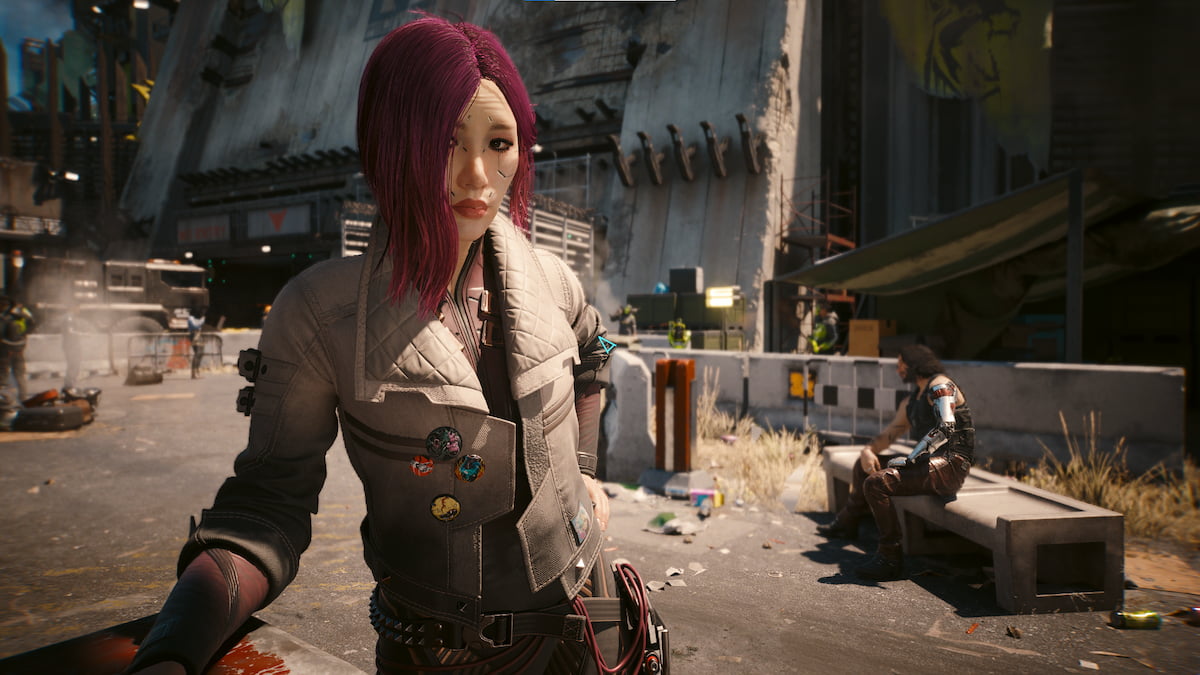
Published: Dec 13, 2020 09:09 am